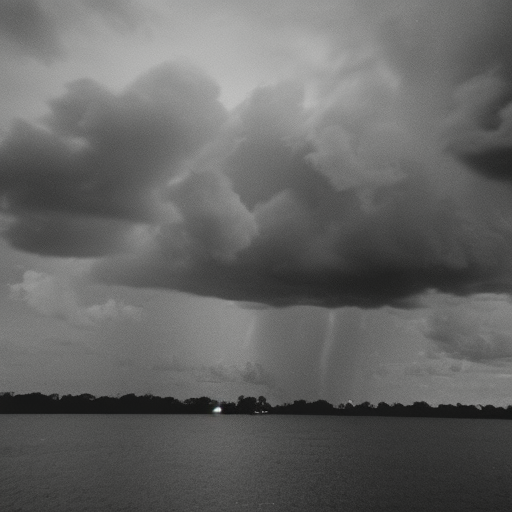Hurricane Matthew: Hurricane Matthew was a powerful and destructive tropical cyclone that formed in the Caribbean Sea in September 2016 and went on to impact several countries in the region, including Haiti, Cuba, and the Bahamas, before making landfall in the southeastern United States.
Formation and Impact on the Caribbean
Hurricane Matthew originated from a tropical wave that moved off the African coast on September 22, 2016. It quickly developed into a tropical storm and was named Matthew on September 28. As it moved through the Caribbean Sea, Matthew intensified into a Category 5 hurricane, with maximum sustained winds reaching 160 mph.
Haiti, already vulnerable due to its high poverty levels and inadequate infrastructure, was hit hard by Hurricane Matthew. The storm made landfall on October 4, causing widespread devastation. Heavy rainfall and strong winds resulted in flooding, landslides, and the destruction of homes, infrastructure, and crops. The death toll in Haiti exceeded 500, making it the deadliest hurricane in the country since 2004.
Cuba and the Bahamas also experienced significant damage from Hurricane Matthew. In Cuba, the storm caused widespread flooding and destroyed thousands of homes. The Bahamas faced storm surge, high winds, and heavy rainfall, resulting in extensive damage to infrastructure and coastal areas.
Impact on the United States
After wreaking havoc in the Caribbean, Hurricane Matthew turned northward and approached the southeastern United States. Several states, including Florida, Georgia, South Carolina, and North Carolina, were in the storm’s path.
Florida was the first state to be hit by Hurricane Matthew. The storm made landfall near Cape Canaveral on October 7 as a Category 3 hurricane. Strong winds and storm surge caused significant damage along the coast, particularly in Daytona Beach and Jacksonville. Flooding was reported in many areas, and millions of people were left without power.
As Hurricane Matthew moved north, it continued to impact Georgia and South Carolina. Although the storm weakened, it still caused widespread power outages, flooding, and wind damage. Coastal areas, such as Savannah and Charleston, were particularly affected.
North Carolina also experienced the effects of Hurricane Matthew. The storm brought heavy rainfall, leading to severe flooding in many areas. Rivers overflowed their banks, causing extensive damage to homes, roads, and infrastructure. The historic city of Fayetteville was among the hardest-hit areas.
Aftermath and Recovery
The aftermath of Hurricane Matthew was characterized by extensive damage and the need for significant recovery efforts. In the Caribbean, countries like Haiti faced immense challenges in providing aid and rebuilding infrastructure. International organizations and governments provided assistance to affected areas, but the recovery process was slow and arduous.
In the United States, federal and state governments worked together to provide relief and support to affected communities. Emergency response teams were deployed, and shelters were set up to provide temporary housing for those displaced by the storm. Efforts were made to restore power, clear debris, and repair infrastructure.
The long-term effects of Hurricane Matthew were felt for months and even years after the storm. In Haiti, the destruction of crops and infrastructure led to food shortages and economic setbacks. In the United States, communities had to rebuild homes and businesses, and the impact on tourism and local economies was significant.
Overall, Hurricane Matthew was a devastating storm that caused widespread destruction and loss of life in the Caribbean and the southeastern United States. The storm highlighted the importance of preparedness and the need for effective disaster response and recovery efforts in vulnerable regions.












